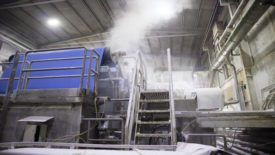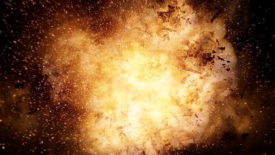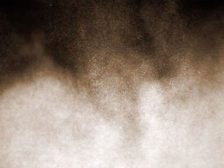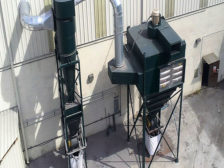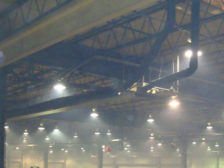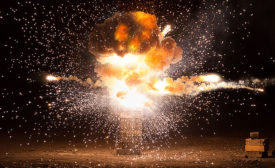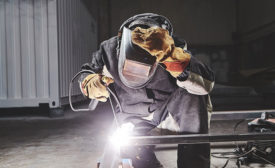Home » Keywords: » Combustible dust
Items Tagged with 'Combustible dust'
ARTICLES
A comprehensive guide to combustible dust best practices
Learn how to analyze and identify hazards to protect workers
March 29, 2024
NFPA 660: One combustible dust standard to rule them all
Answers to common questions about the upcoming changes
February 8, 2023
Don't take risks with dust hazards
Only qualified persons should manage dust hazards due to explosion risk and liability
July 15, 2021
Become a Leader in Safety Culture
Build your knowledge with ISHN, covering key safety, health and industrial hygiene news, products, and trends.
JOIN TODAYCopyright ©2025. All Rights Reserved BNP Media.
Design, CMS, Hosting & Web Development :: ePublishing

